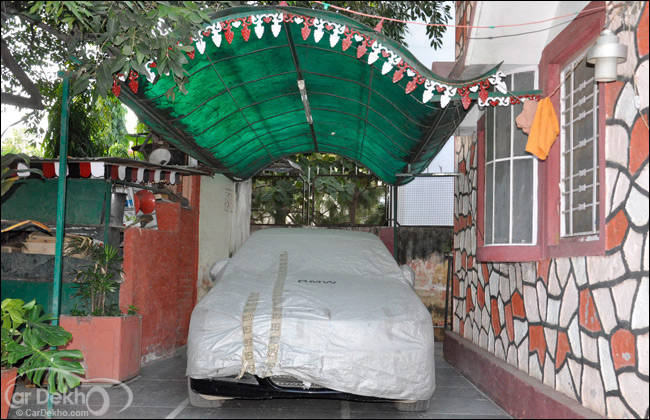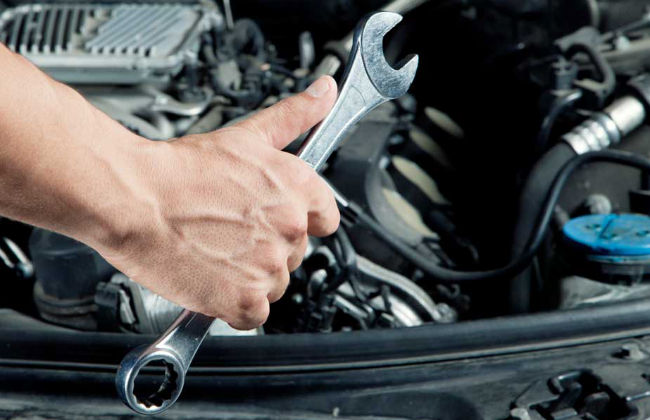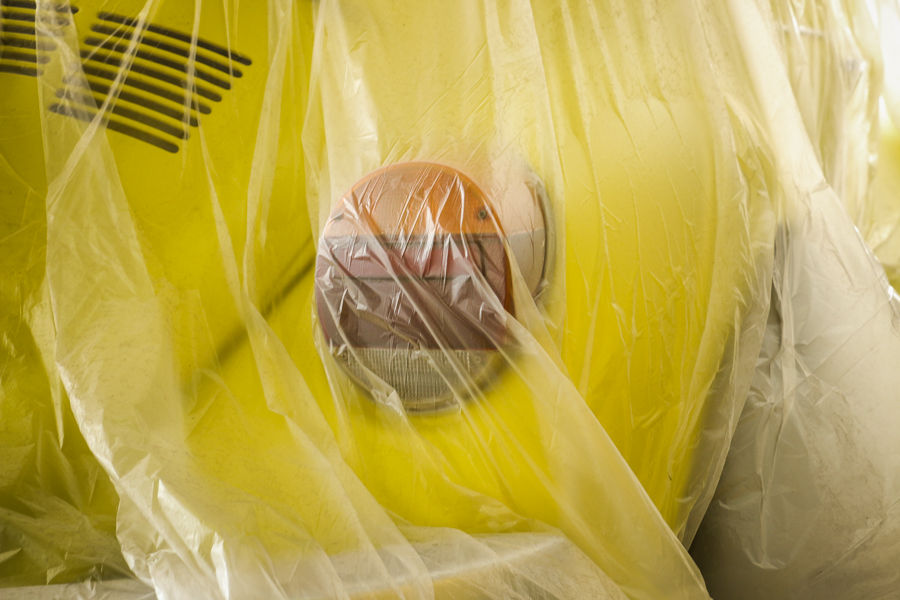Vehicle Cold Storage Do it Right
Published On Oct 06, 2012 06:47 PM By CarDekho
- 2.7K Views
- Write a comment
After months of hard work you have finally accumulated enough cash for that month long vacation abroad. You decide to take your whole family on the trip to make it a memorable experience. Good for you. What are you going to do about your car though? Whatever your reasons may be, you have to find a safe spot your vehicle and make sure you store it in such a way as to prevent any kind of damage. You cant simply leave it out for a whole month and expect to come back to find it in the exact same condition. Therefore CarDekho brings you 10 tips on how to properly prep your vehicle for a month long storage.
Below is a list of procedures you will have to follow to not only make sure you come back to find your car in a fit state but to also ensure that the time spent in storage doesn't shorten your engine life or cause any other kind of damage or wear to other parts of your vehicle.

Protect the car from the elements
The best place to store your car for long-term is a garage. However very few people in India can afford that luxury. Therefore your best bet is to find a spot that will provide the maximum shelter from natural elements. If you live in the kind of house that has a parking space inside, you're in luck. Most flats provide designated parking spaces too. If however you have neither of these options, you will have no choice but to park your car out in the streets. If you are forced to do so, make sure you park the car in the most shaded place possible. Also remember to cover your car with a weather-proof cover to avoid spoiling your cars paint job. Make sure you tie down the cover securely to account for strong winds.

Wash the car
Although it may seem like a pointless waste of cash or time, cleaning up your car before you put it away for storage is a very good idea. In your daily use the vehicle will have accumulated quite a bit of mud, bird droppings and other contaminants. Contaminants like mud and grease that cover your wheels and fenders may cause damage to these parts. Also bird droppings contain acidic substances that will damage the paint if left on the car for a long duration. To avoid all these issues, clean up your car and you may even consider waxing it to increase the paint protection.

Oil Change
If you plan on leaving your car for a matter of two weeks or less then this is not necessary. If however you plan on leaving the car for more than a month, it would be wise to get an oil change unless you recently had one done. This is because oil that has been left in a stationary vehicle for a long period of time may damage your engine and shorten its lifespan.

Fuel up
This is another tip that people will find pointless and expensive. However maxing out your fuel tank will ensure that moisture does not get into your fuel tank and that your seals do not dry out. You may also consider adding a fuel stabiliser to the tank if you plan on leaving your car for more than a period of 60 days.

Car battery
If you leave your car's battery unattended for long periods of time, it is certain to loose its charge. The best thing to do is ask a friend or relative to start the car every 2 weeks and drive it for 10-15 minutes. This will ensure that your car battery remains charged and as an added incentive, it will keep the engine and other parts of the vehicle in good working order.
If however you are unable to find someone to help you with this chore, you may consider disconnecting the negative (-) battery cable from the battery. The side-effect to this procedure is that you will loose your electronic settings like radio pre-sets, time, and other electrical information.

Avoid the parking/hand brake
Driving instructors always recommend engaging the parking/hand brake if you plan on leaving your vehicle stationary for long periods of time. This however is not a good idea if you plan on leaving your car unattended for more than 3 weeks. If your brake pads are left in contact with the rotors for too long there is a possibility of it fusing especially in extreme weather. You can simply place a brick or block of wood behind your rear tyres as an alternative.

Correct tyre inflation
Remember to inflate your tyres to their recommended pressure before you leave the vehicle. If the vehicle is left stationary for long periods of time with under inflated tyres, they may develop flat spots. Flat spots are caused due to incorrect inflation as the tyres sag under the weight of the vehicle. Inflating your tyres to the recommended pressure will ensure you wont need a new set of tyres upon your return.

Keep out rodents
While many will consider this funny or amusing, mice and rats have been known to get under the hood of a stationary vehicle and chew through the wiring. Keep this in mind if you want to make sure you come back to a car that has all its wiring in place and in working order. Covering any places where rodents can gain entry is a good idea. For example you may consider covering the exhaust pipe and air intake of the vehicle. If you want to go the extra mile, you can place rodent poison and mothballs around the vehicle. However this approach may well be redundant if you are leaving your vehicle in an open space.

Vehicle Insurance
There is a possibility that your insurance renewal date clashes with your action time. If that is the case, consider renewing your insurance early or find a way to come to some kind of agreement with your insurance company to remain insured. You may face the possibility of coming back to a ruined car particularly if you were forced to park it outside in the streets. Making sure your vehicle remains insured will avoid the need to carry out expensive repair work out of your own pocket.

Removing the car from cold storage
Once you are back from your vacation, there will be a few things you need to look out for. Here is a list of the steps you can follow.
1.Pop open the hood of your vehicle and do a quick check on all the major components. Check to see if all the wiring is in place and is not chewed up or damaged. Remove any covers you may have added to the exhaust or air intake.
2.Check the tyre pressure and make sure to inflate it to the recommended pressure and also check your brakes to ensure they have not accumulated excessive rust.
3.Check the rubber on your wind shield wipers to ensure they have not been damaged due to exposure or inactivity.
4.Check the fluid levels of all the containers and battery.
5.Reconnect the negative battery cable if you had disconnected it.
0 out of 0 found this helpful












